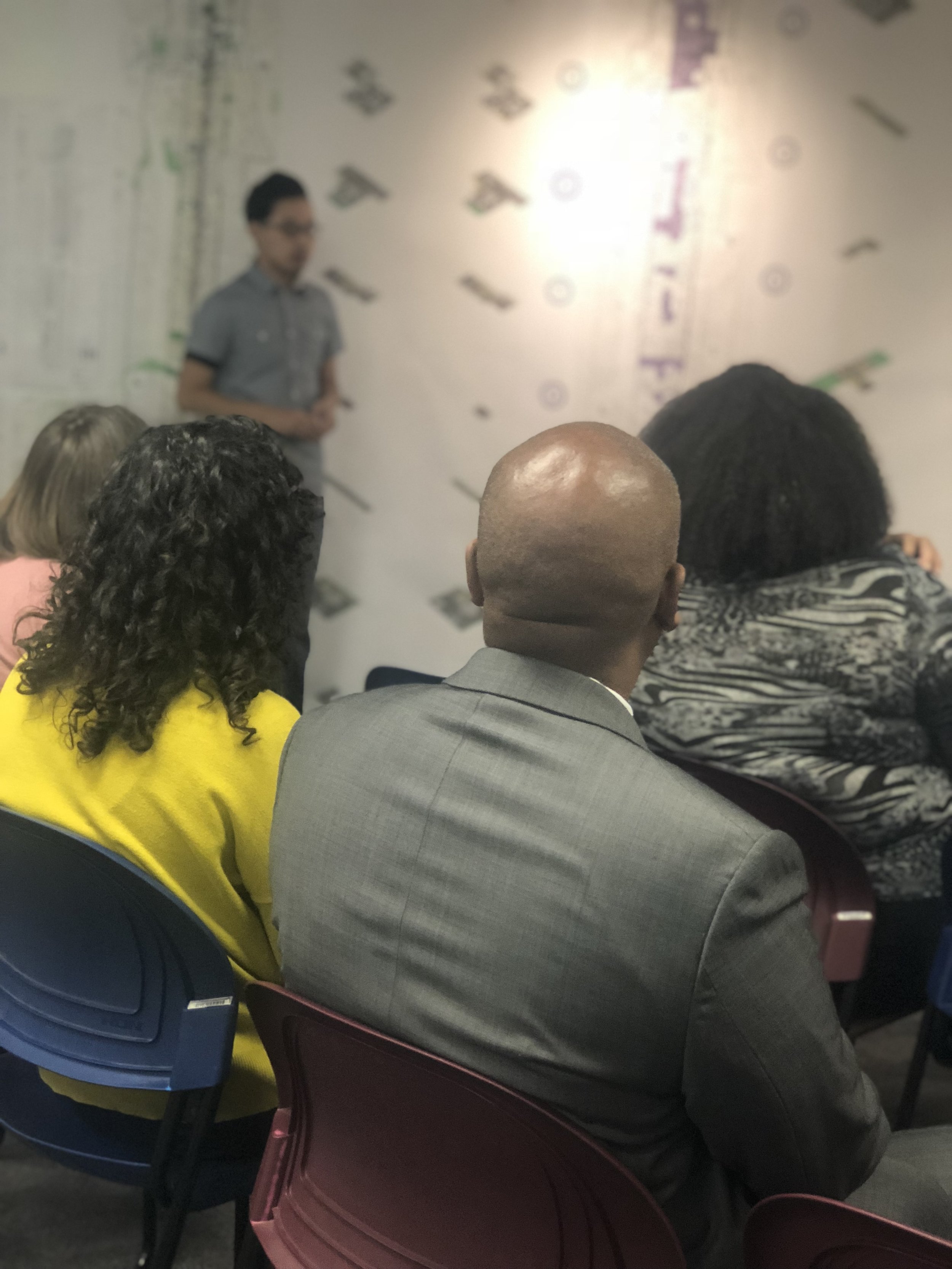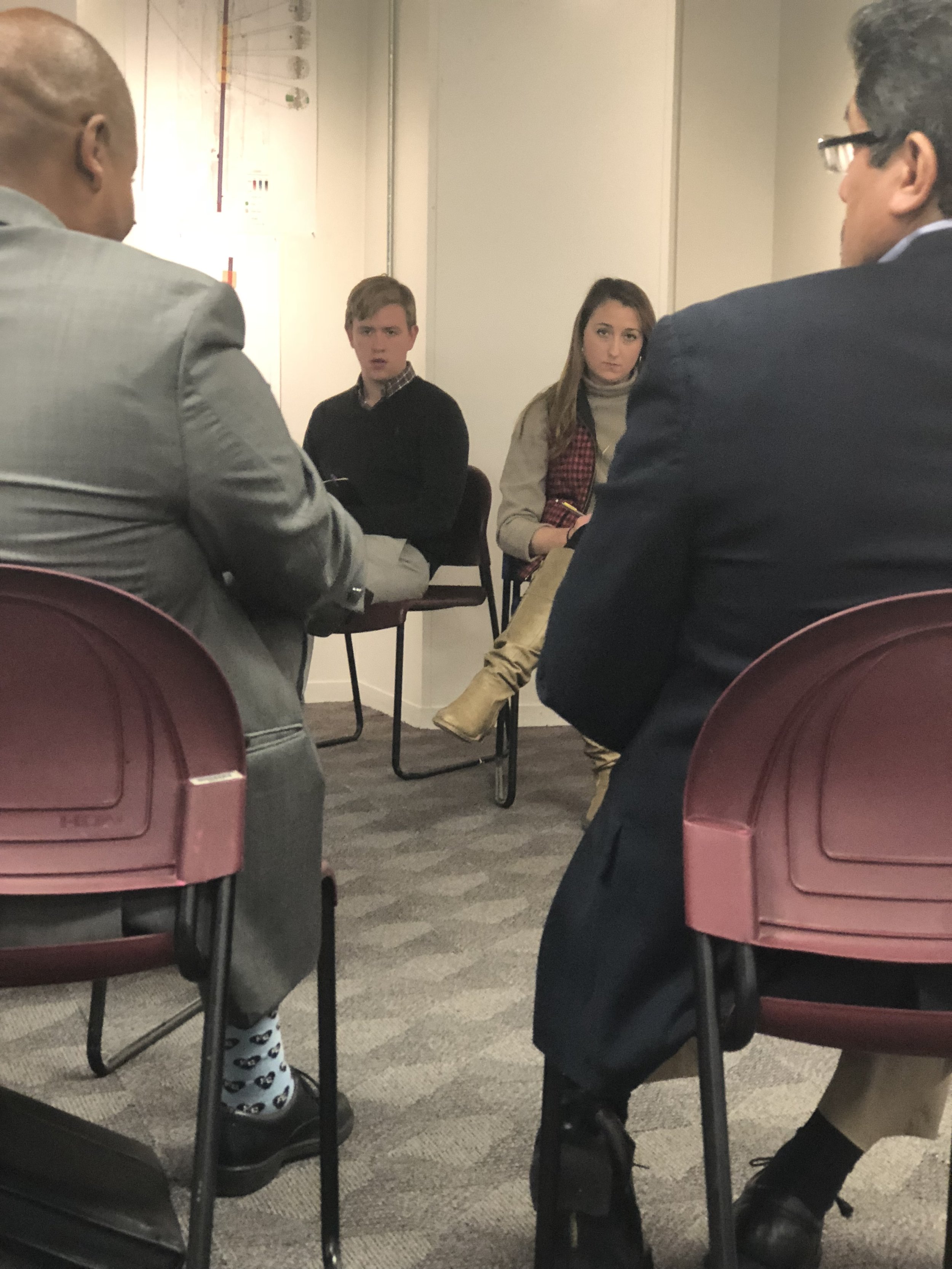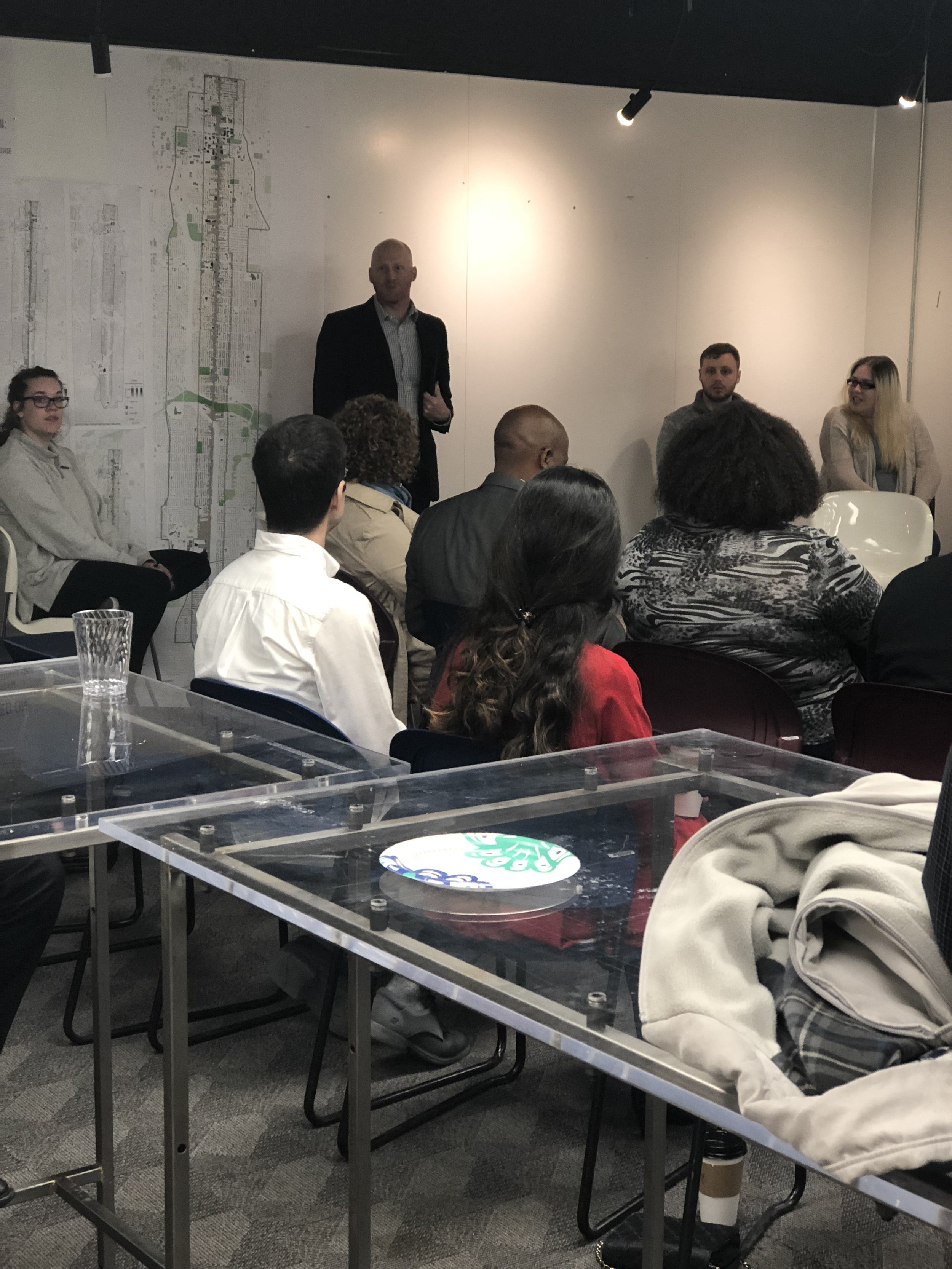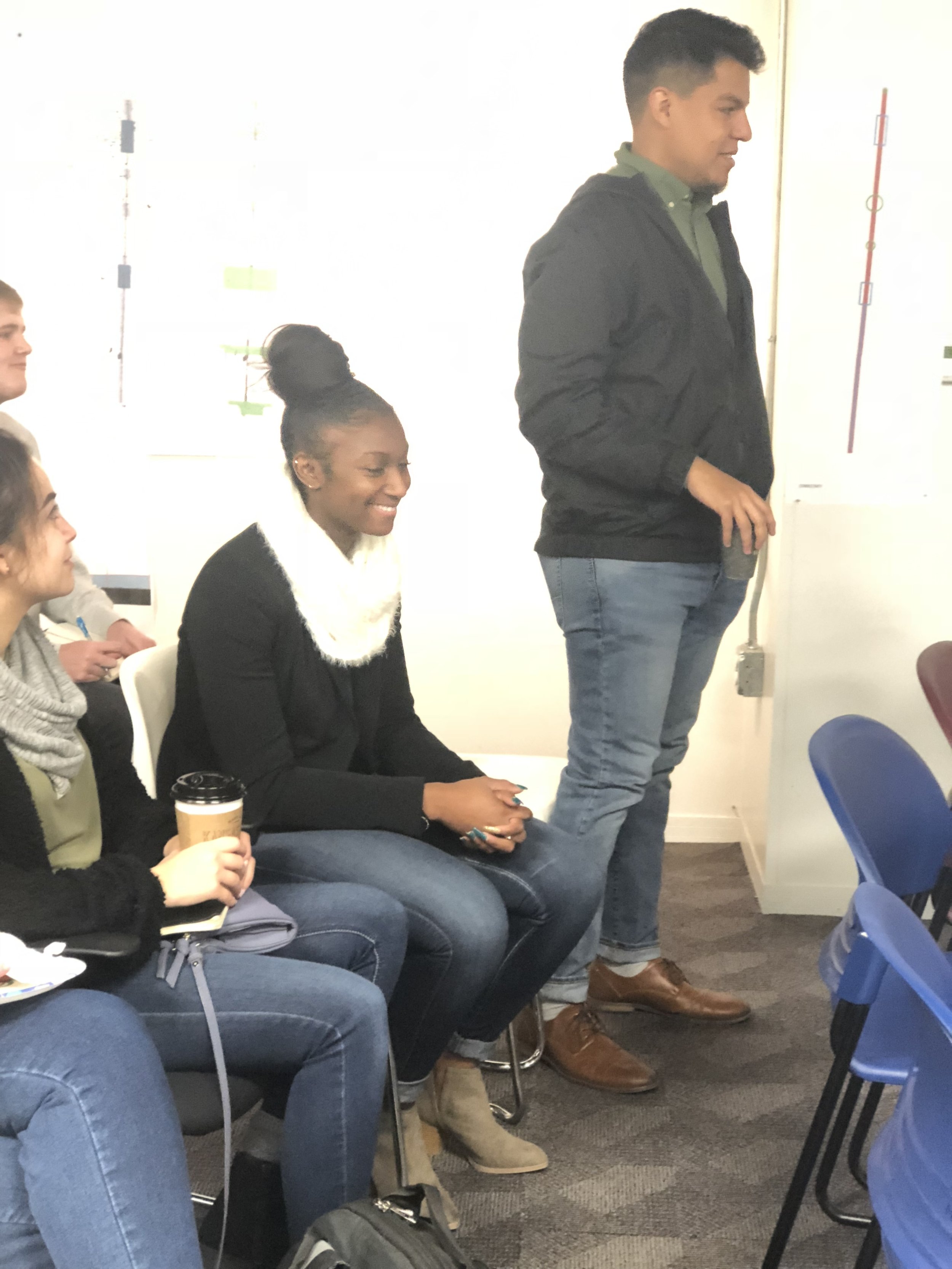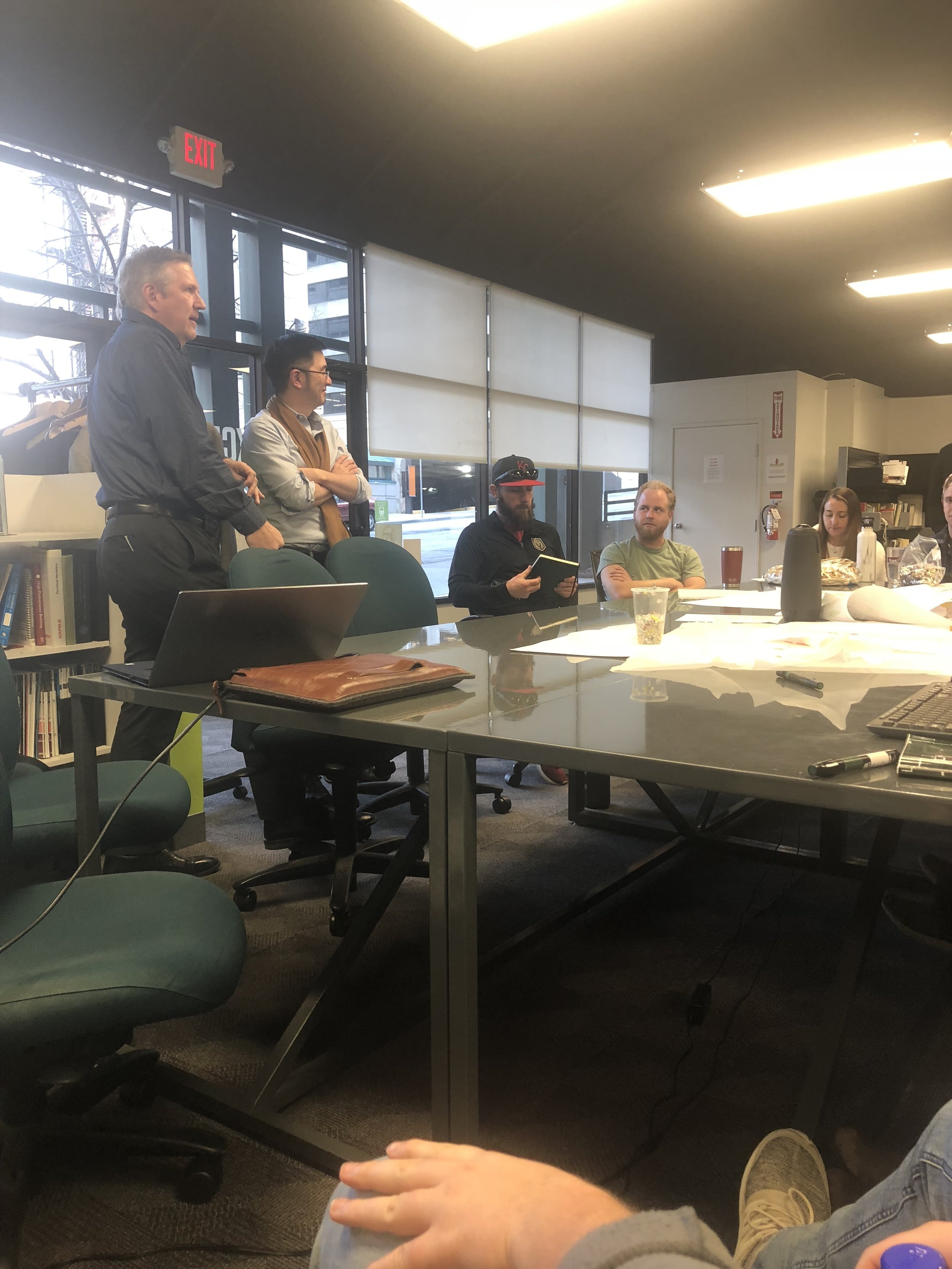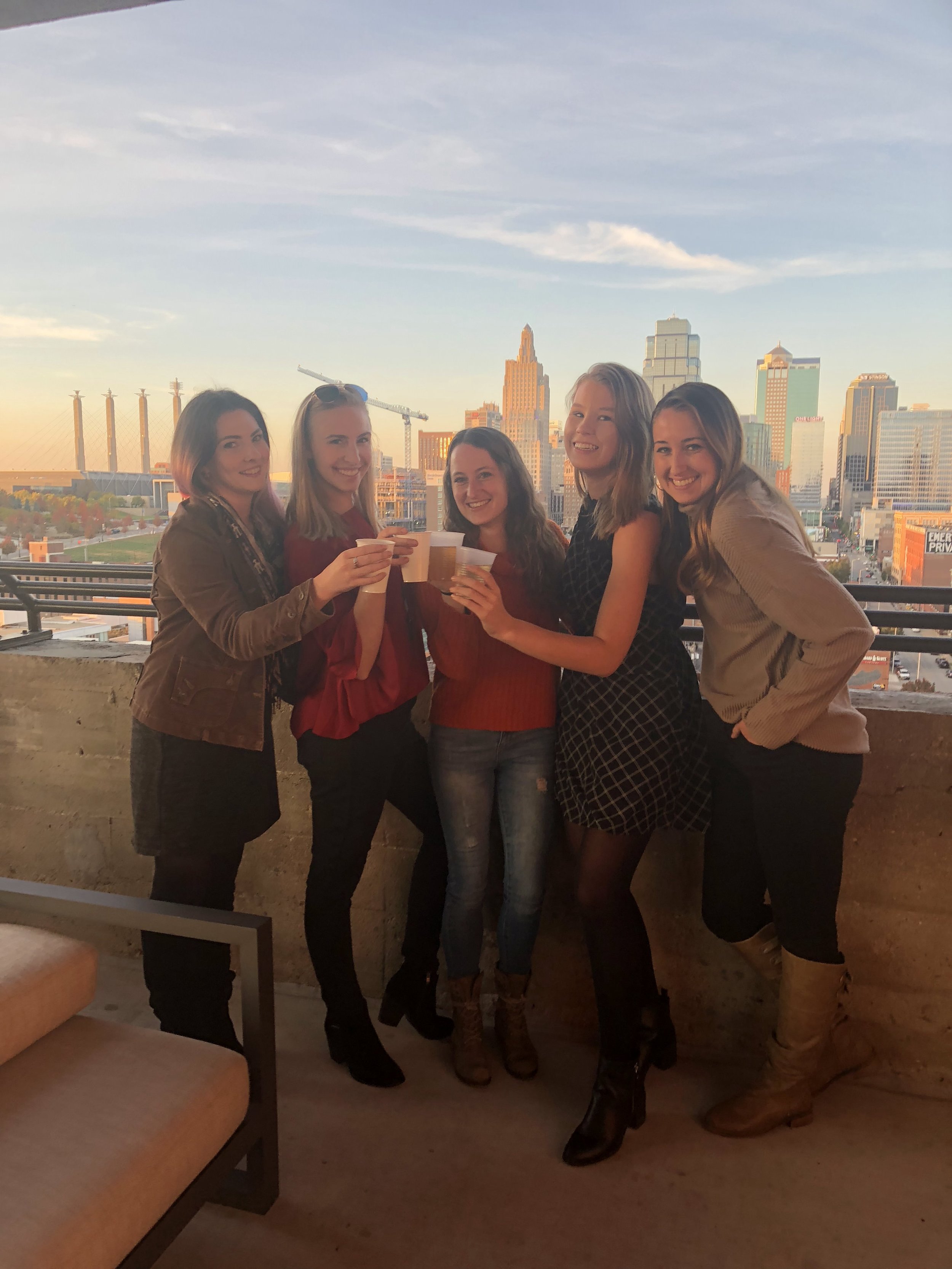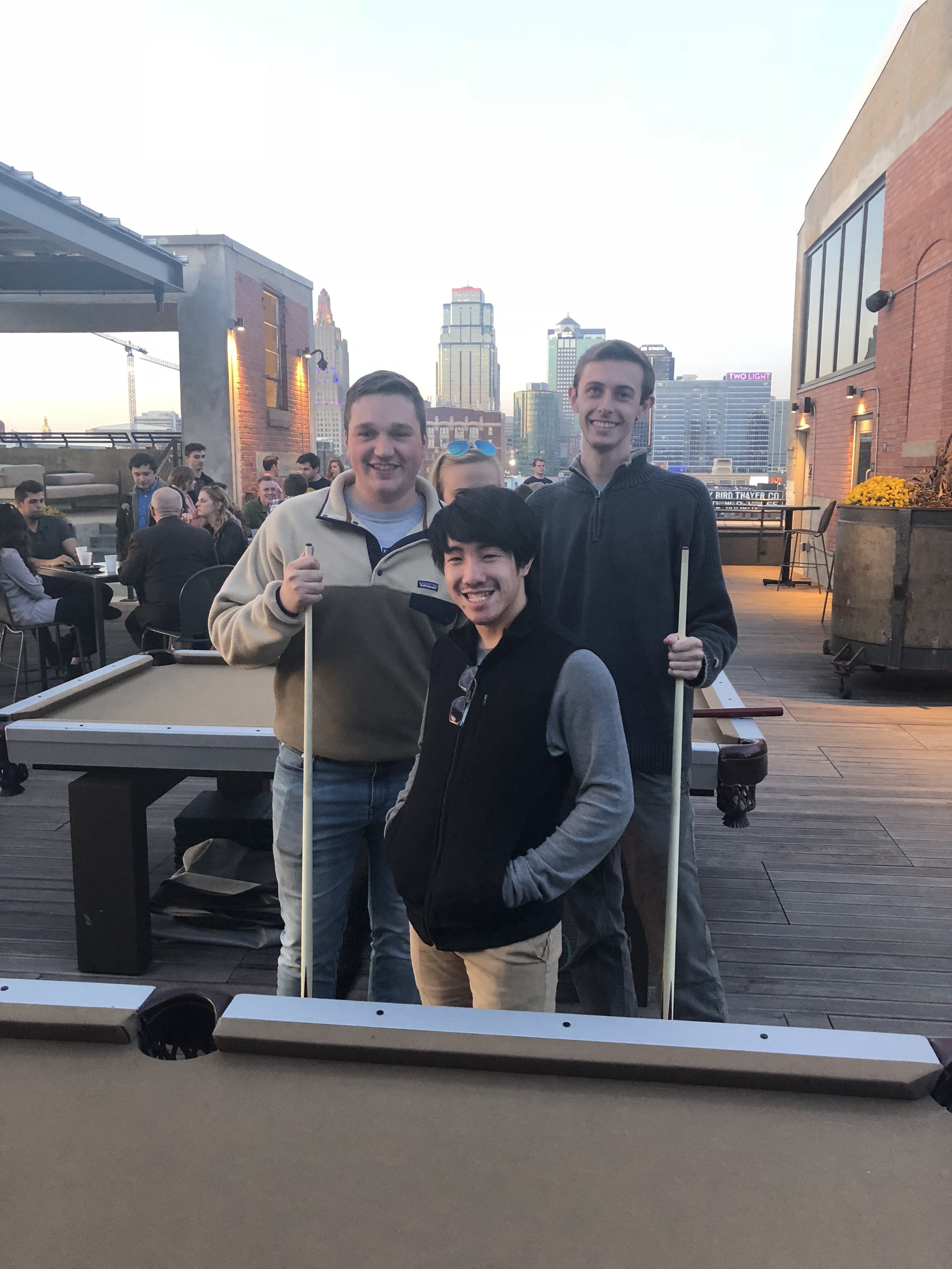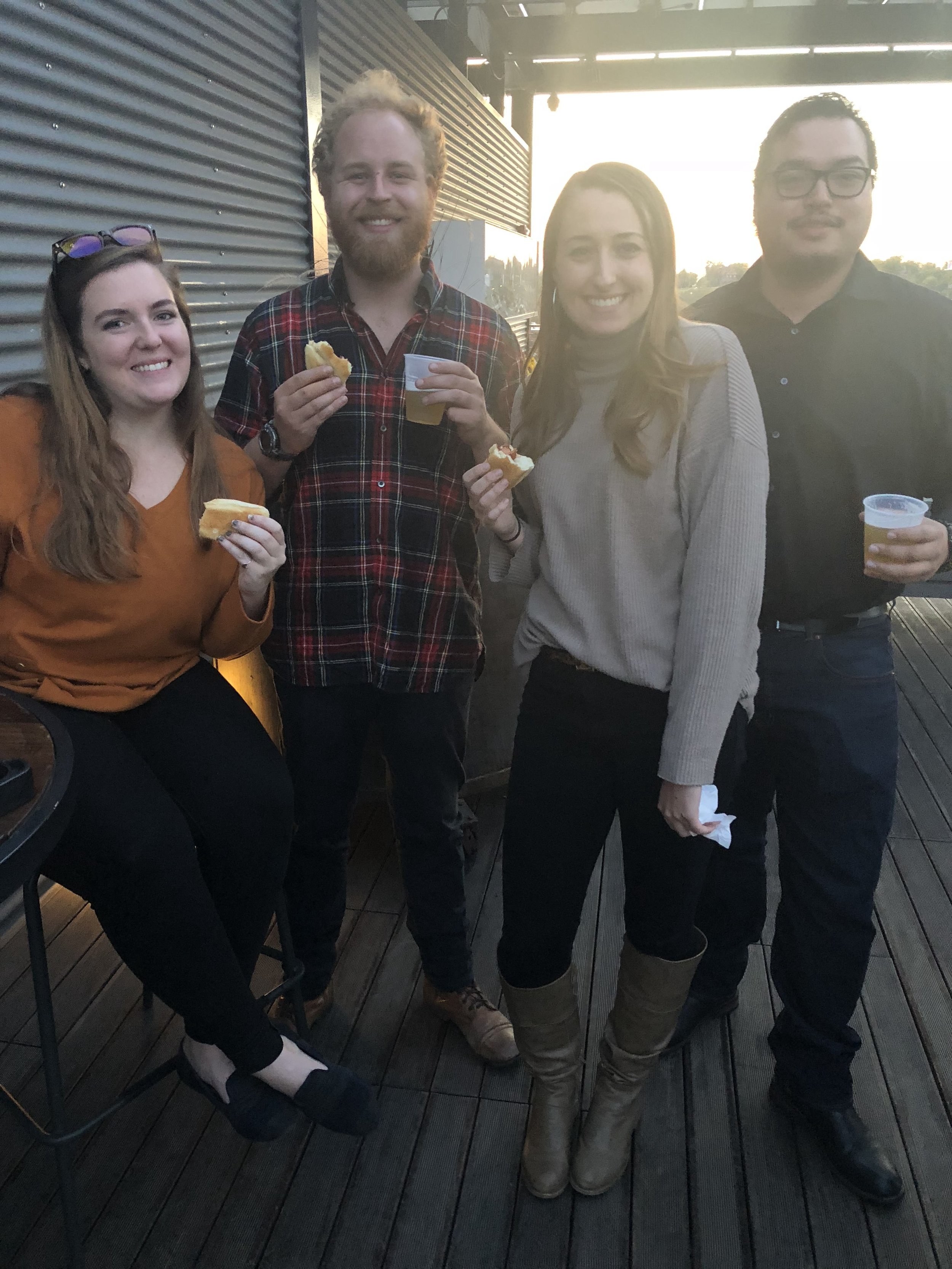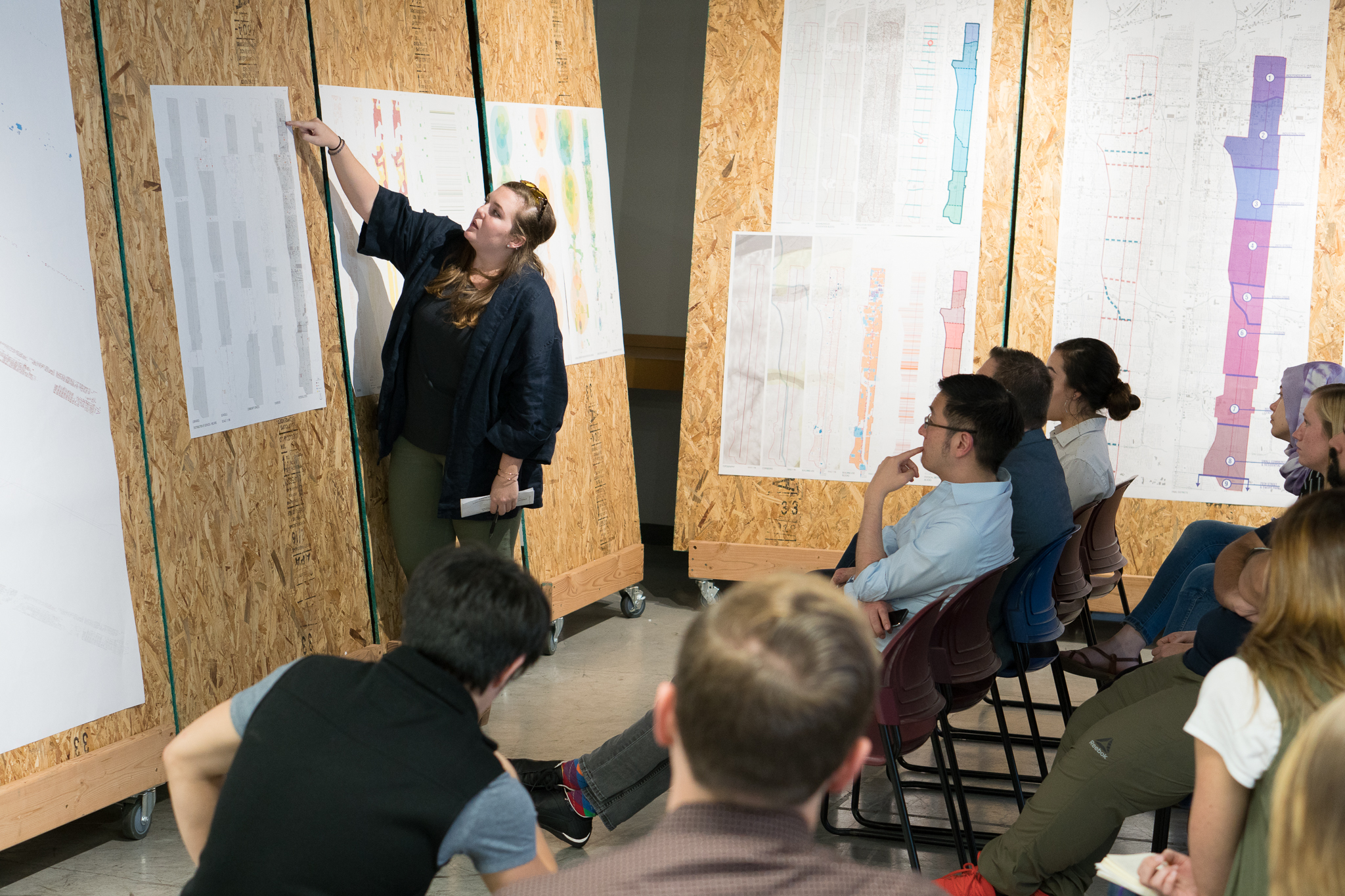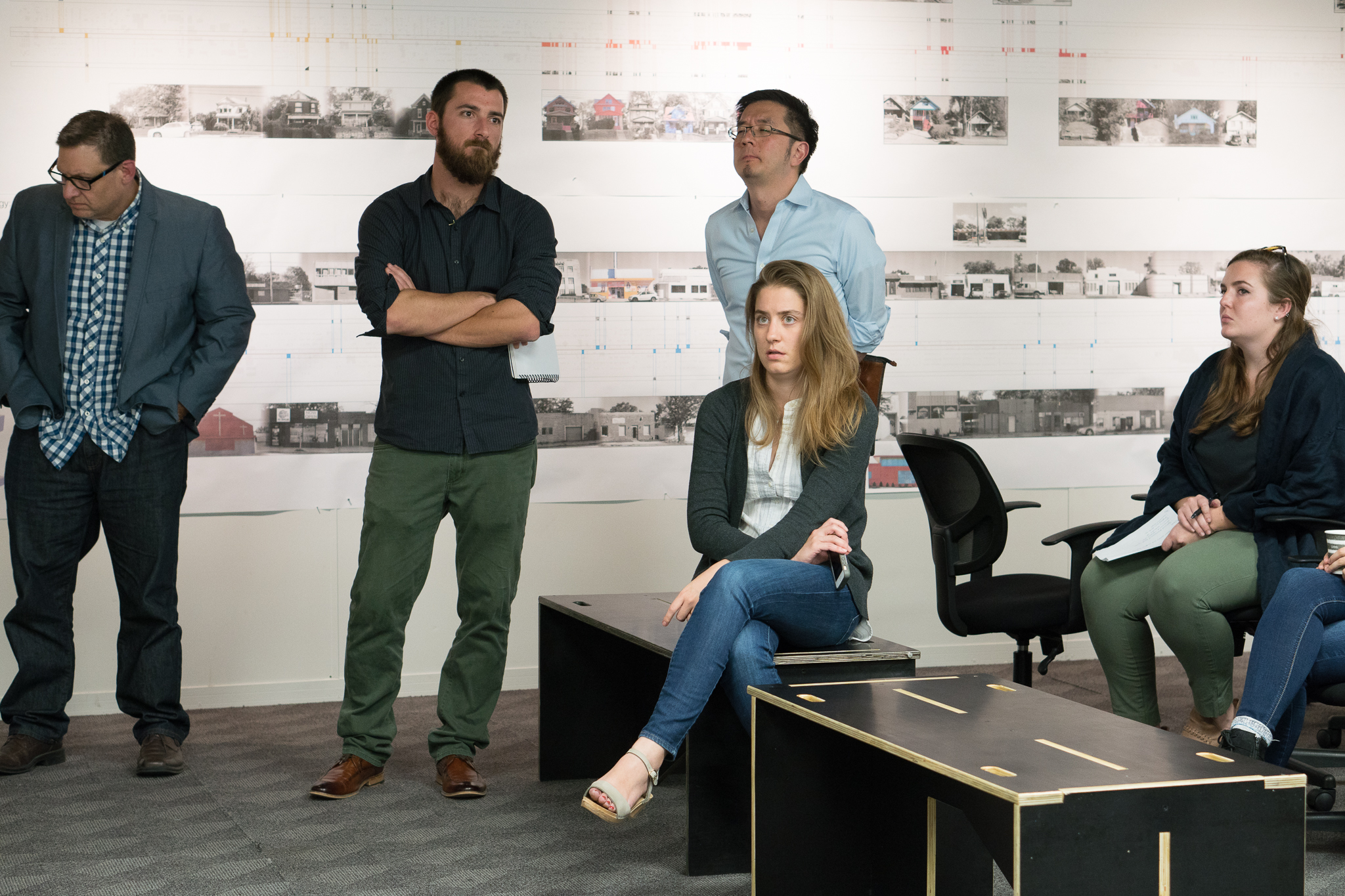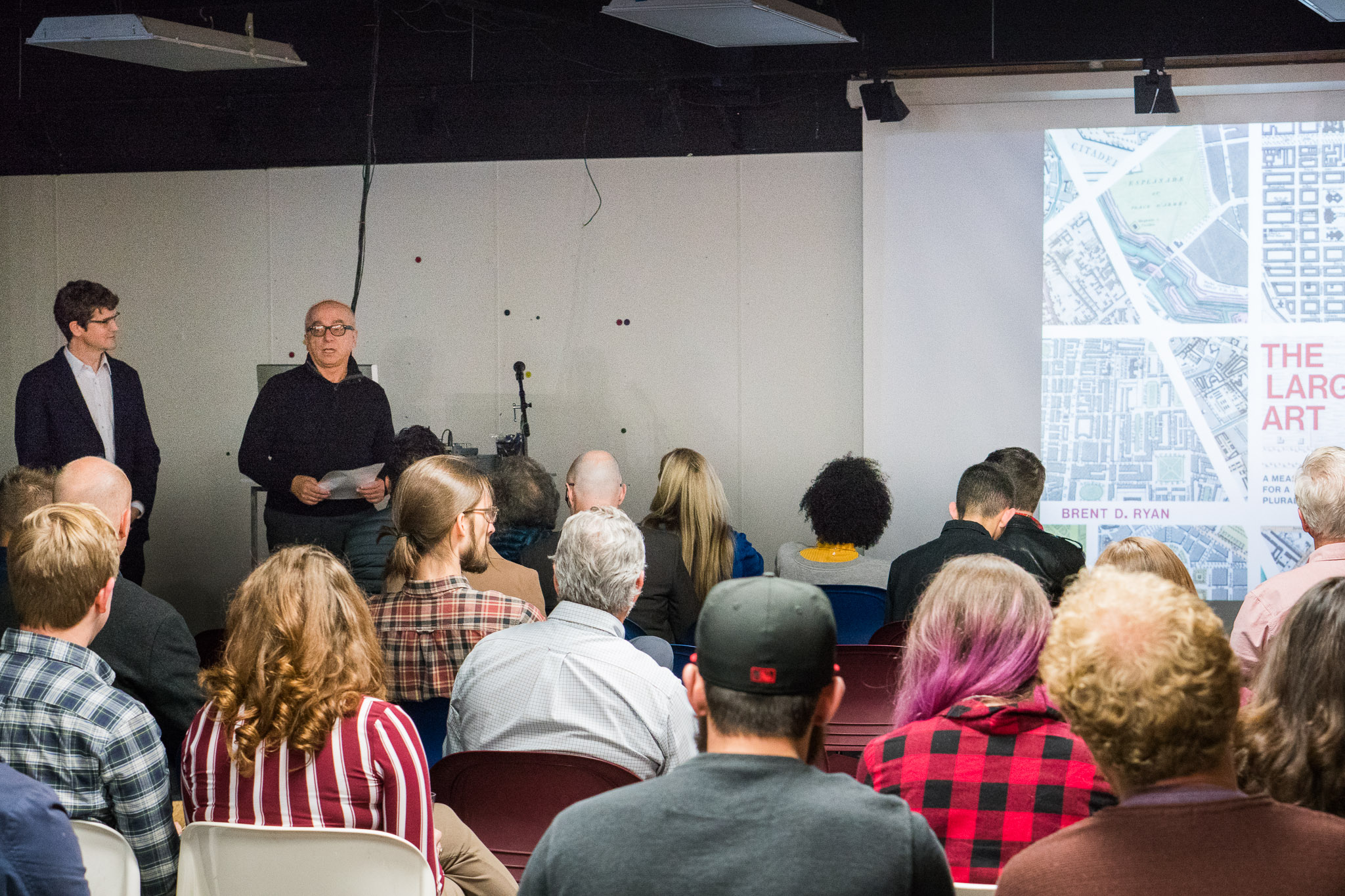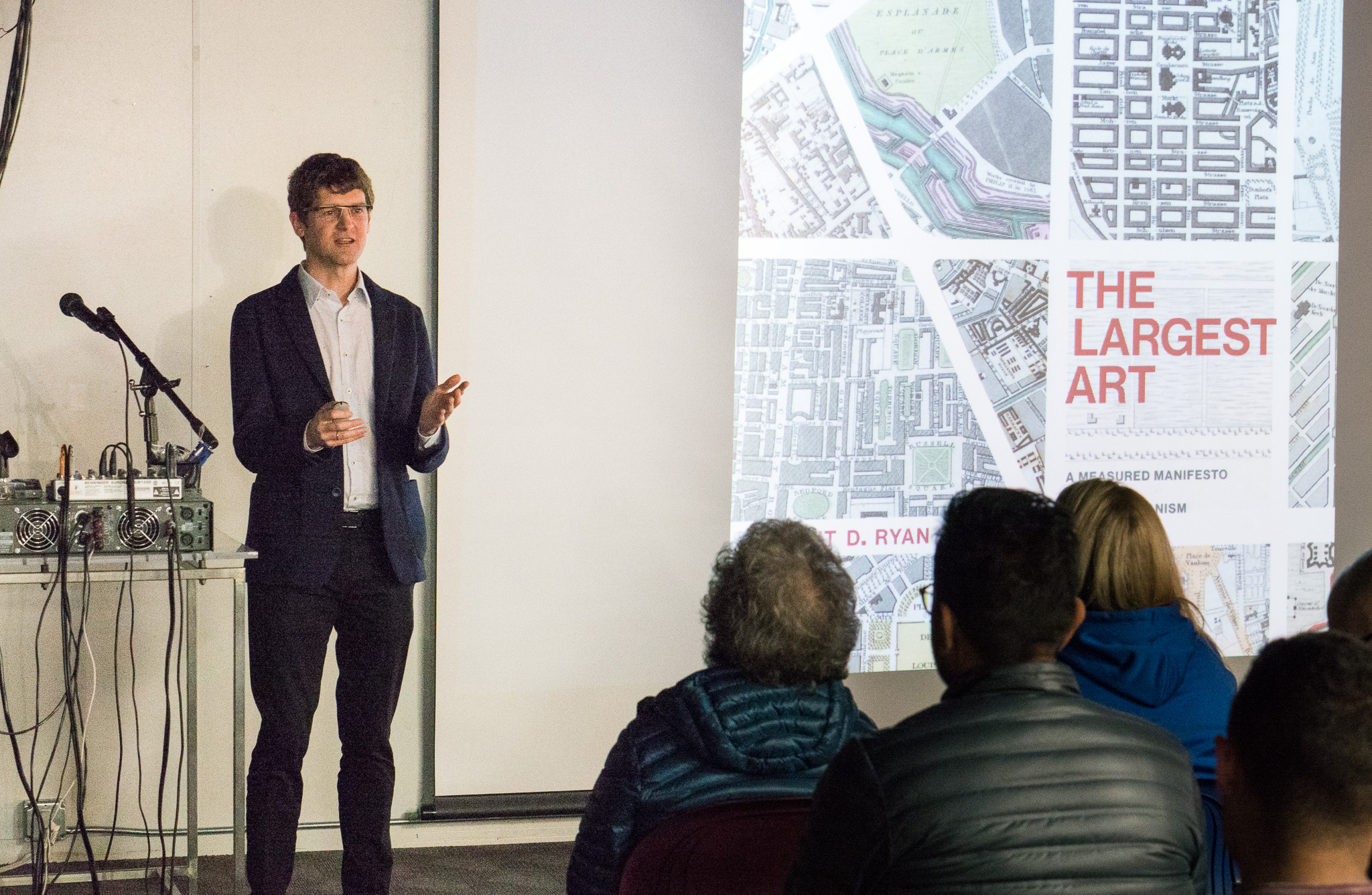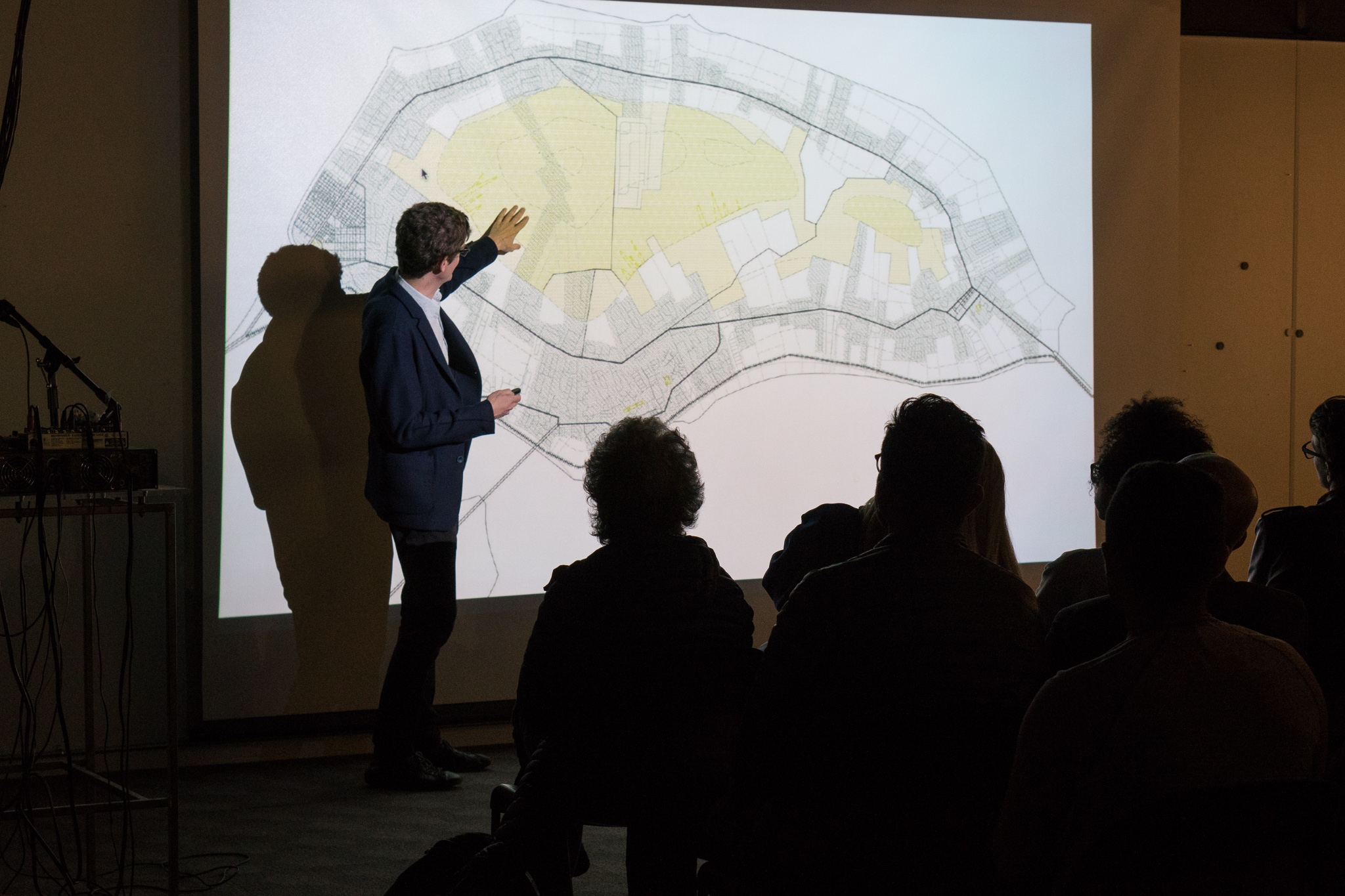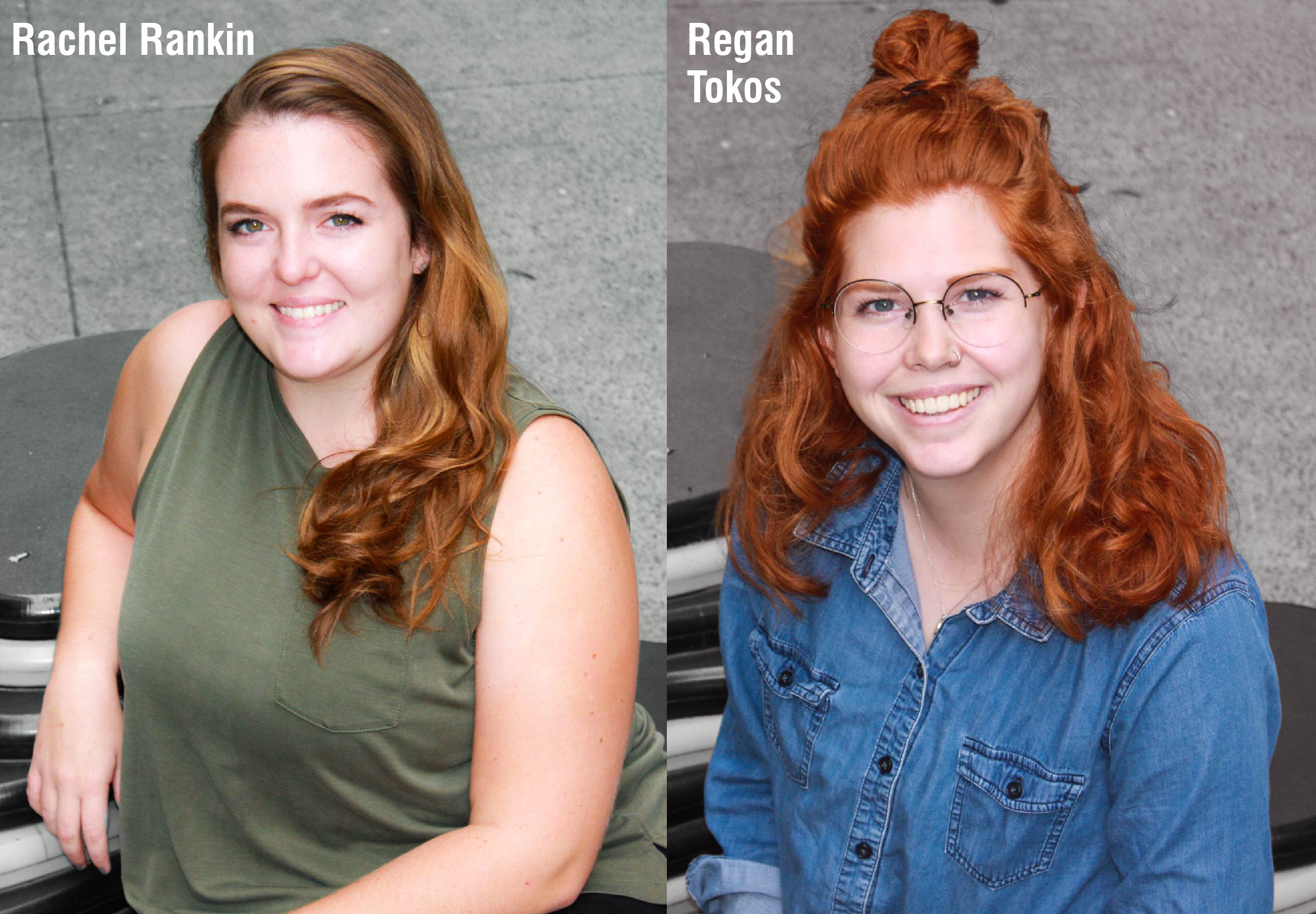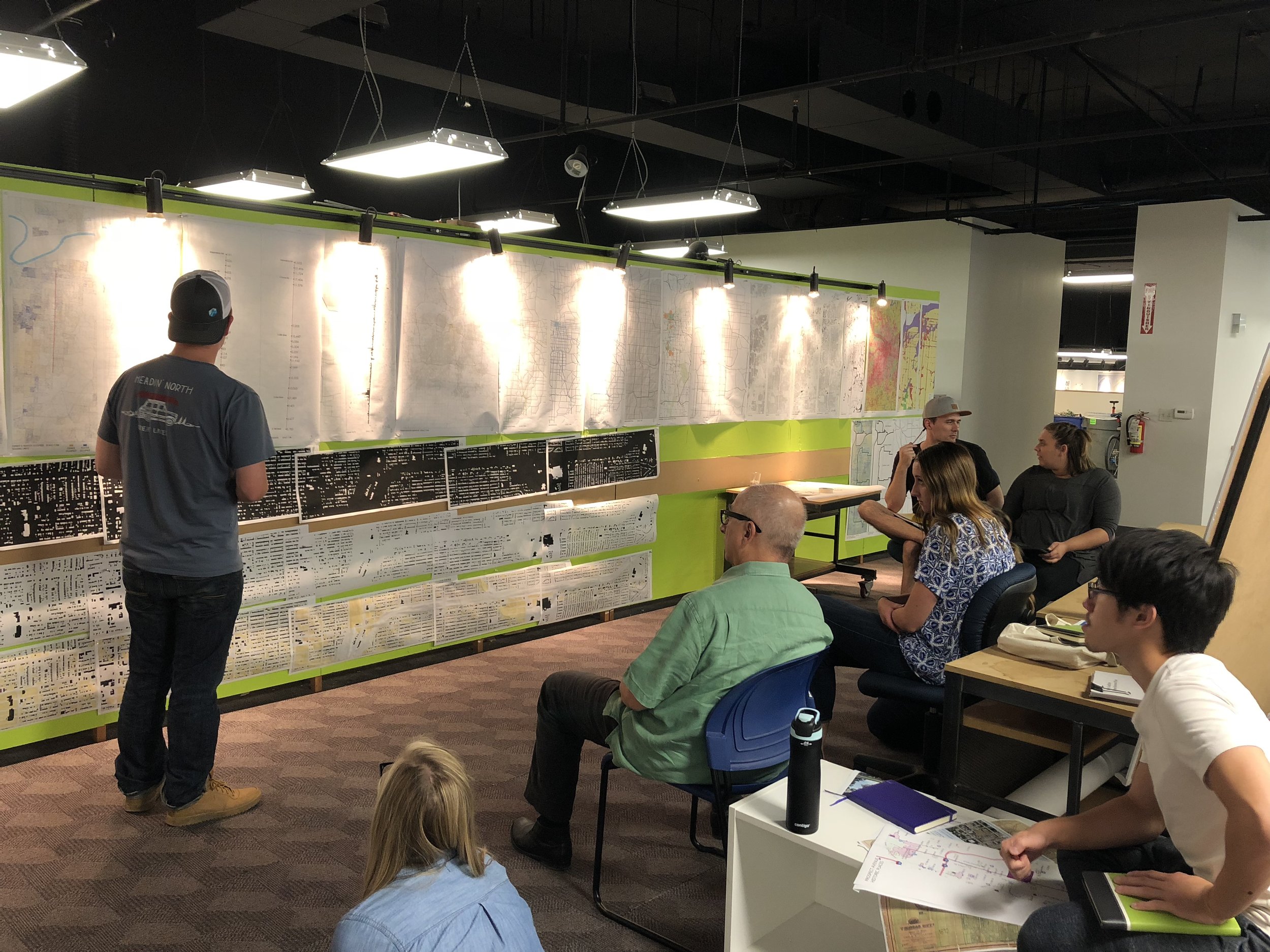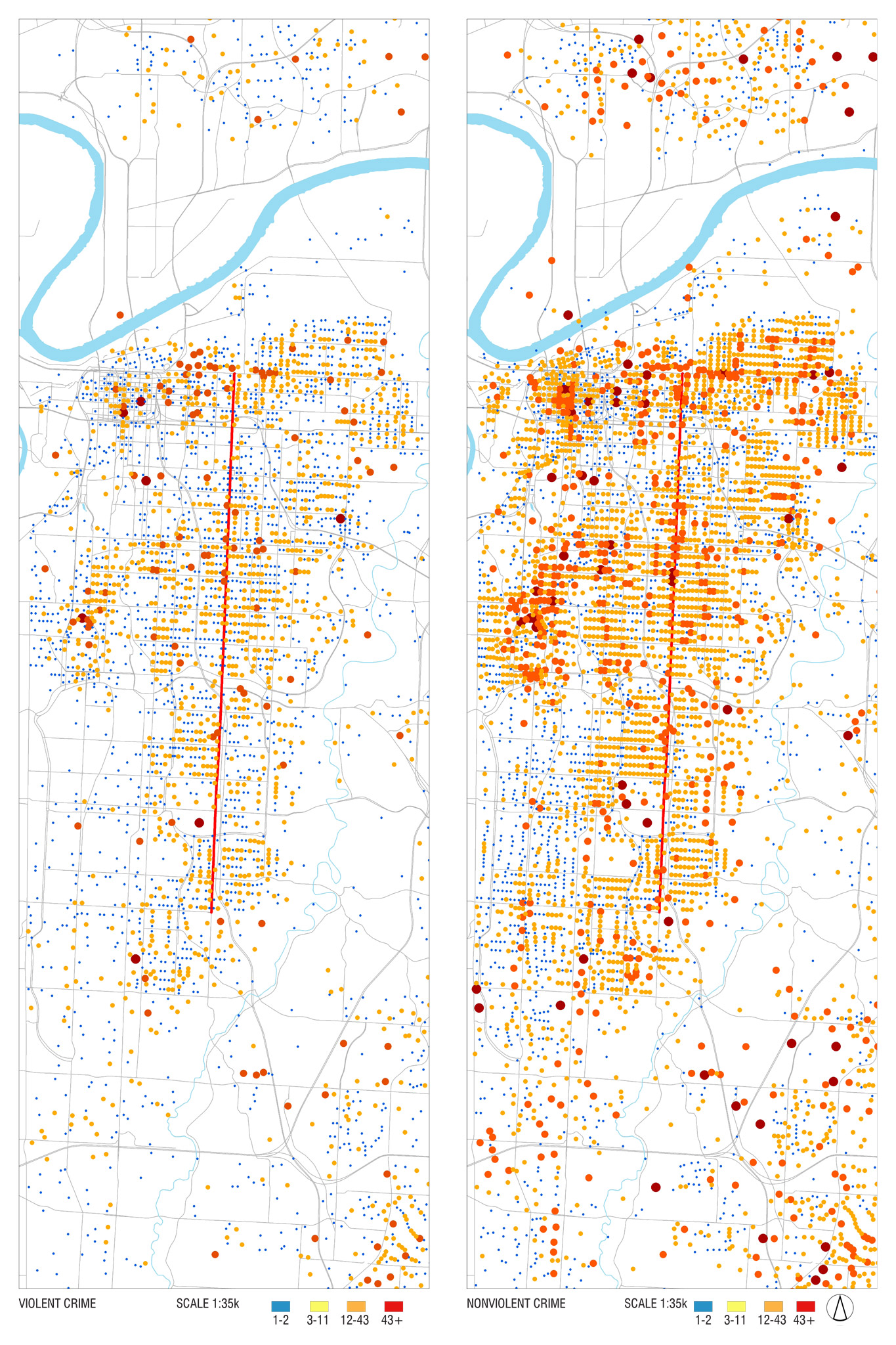What Have Students Been Up To?
/Students have been staying busy as they prepare for the end of the semester. KCDC has welcomed many visitors over the month. It was nice to welcome both new and familiar faces into the studio space. This month KCDC held:
Advisory Meeting
The Advisory Meeting that was held on November 5th was a very important day for students. A large review of the Prospect Avenue Nodal Study was held for our gracious advisory board. This was the last review before students roll into final review production. The advisory board gave us insights as students began exploring strategic design concepts. Our advisory board includes the following professionals:
Jeffery Williams - Director of Planning and Development KCMO
Brien M. Starner - Vice President or Regional Community and Economic Development KCMO
Beth Edson - Branch Manager, The Kansas City Library
Angela Eley - AICP, Planner - 3rd District
Kyle Elliott - AICP, Division Manager, Long Range Planning and Preservation
Kate Bender - Deputy Performance Officer KCMO
Kansas State and University of Kansas Collaboration
Also on November 5th, a fun collaboration was held between visiting studios, Kansas State and University of Kansas. The Kansas State studio is led by Professor Gibson and the University of Kansas studio is led by Professor Colistra. KCDC’s advisory group stayed for the collaboration, sharing their insight on Kansas City.
Populous Visit
Another eventful day students had was on November 16th. It started with a visit by two architects John Shreve and Alex Ogata from the Kansas City firm Populous. Populous is a global architectural design firm specializing in the design of sports facilities, arenas, and convention centers. Shreve and Ogata stopped by to give a brief introduction on the upcoming course that will be offered to KCDC students in the spring. They were also generous enough to leave a basket full of fancy cheeses and d’oeuvres.
Preparing for Finals
On November 16th, the day before Thanksgiving break, the class held a progress review. Professor Krstic provided direction and advice on how to more forward on the project. Students are now in the schematic phase of the Prospect Avenue Nodal Study and have selected five key elements of the study corridor and will provide design iterations for each.
Goodbye Sarah
We are saddened to report our project coordinator, Sarah Kraly is leaving KCDC to pursue new career opportunities. Sarah has left a large mark on the program. She has always a provided positive energy in the studio and greeted everyone who walked in the door with a “good morning” no matter what day it was. Students wish her all the best in her future endeavors. Students hung around KCDC after studio on that Friday, enjoying time before she departed.


